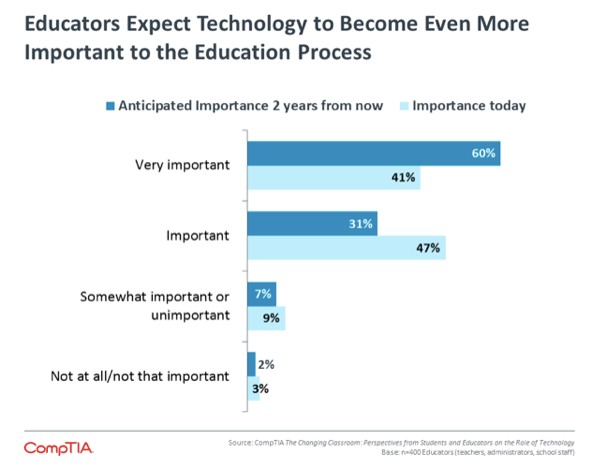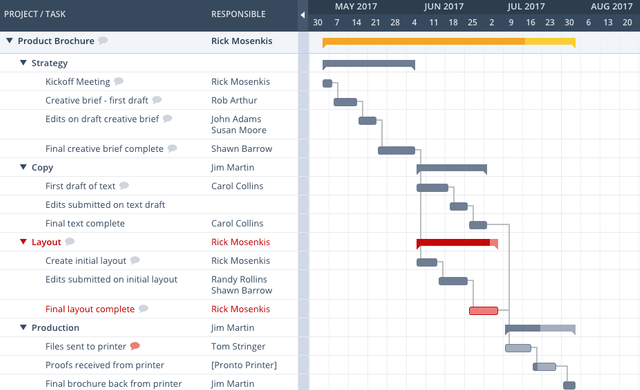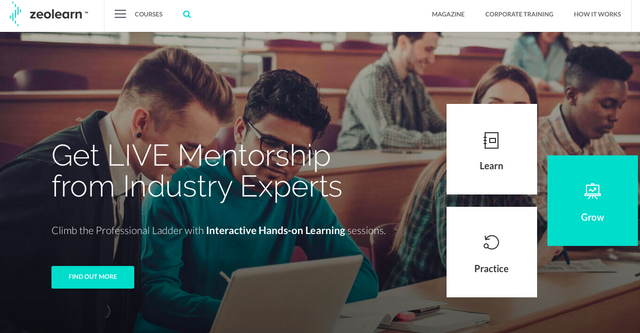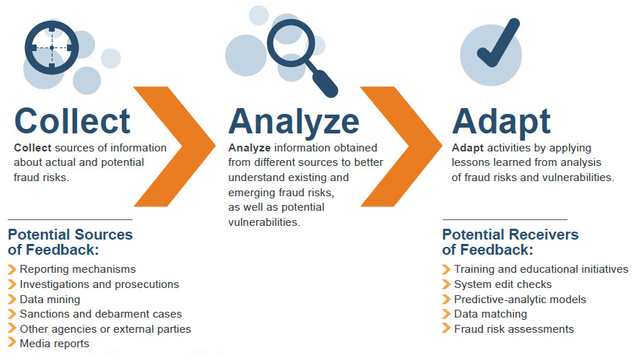Online education is an evolving phenomenon – chock-full of kinks to be worked out. Perhaps the biggest obstacle is all the distractions. Between everything like social media notifications, emails, popups, or endless cat videos, keeping students (or course attendees, if you may) actively engaged in a virtual classroom can be a struggle.
The Wisconsin Virtual School conducted a study among their online students and found the majority were only actively engaged for about one and a half hours per week. What’s more, about 8% of students were not engaged at all!
Understanding how to maintain students’ attention throughout an online course can be tricky; since online courses generally require more motivation and self-discipline than a traditional classroom setting. However, there are several key elements educators can incorporate into the virtual classroom to combat disengagement.
Hold Frequent Video Meetings
If a course is very text-heavy or relies on PowerPoint-type slides for information, it can be quite easy for students to get bored or overwhelmed with the amount of reading required. The brain can only process an average of 250 to 300 words per minute. But, it can listen and comprehend 450 words per minute.
Many students see lectures as optional (since they often are in traditional classrooms), so they may just skip the information all together. In such cases, visual learning is an exceptionally powerful tool to use in the classroom, as it is much easier for the brain to recall images over text.
Using video is an even better way to create a more humanized connection. Seeing or hearing the instructor on-screen helps students connect like they would in an actual classroom. Using video meetings to explain concepts, or hold Q & A sessions, can help students grasp information much quicker. In fact, a university study found that using video lectures improved motivation, learning capabilities, and led to higher grades.

Consider using video lectures or short clips to highlight key concepts in your courses. This will not only help students better understand the material, it will create a more engaging environment between teachers and students.
Implement an Intuitive Task Management System
Overwhelming students with a large workload can be a major cause of mental disengagement. When students see an intimidating to-do list, it can cause stress, confusion, frustration, and ultimately, procrastination.
If your course involves team projects, these outcomes can become even more of a mess. Since online students can come from all over the world, there must be a reliable system to keep everyone on the same page.
Students and educators both agree that incorporating technology in the classroom is important and necessary for keeping people tuned-in. A recent study found that 55% of students wish their schools used more of it, as it would benefit their educational process. Teachers are in the same boat too - with 60% of agreeing that technology is important when it comes to education plans.

Supplementing your course with a task management and scheduling system can solve all of these problems. Comprehensive solutions like Workzone can do wonders to simplify classroom procedures and team collaboration. The project dashboard can be used to break down assignments into step-by-step processes that are far less overwhelming. Students can add comments if they have a question, and users are notified when a new assignment is posted or any changes have been made.
Workzone is focused primarily on task completion through milestones and workflows, making it a great tool for team projects. Team calendars and to-do lists can help groups stay organized, and the file-sharing capabilities ensures no documents are lost in communication.

Using software systems that solve communication and engagement issues is just one way that technology helps keep everyone engaged.
Use Interactive Elements
One of the main reasons why students fail online courses is because they feel they are not connected with their classmates or teacher, or have no way to seek help or ask questions. Adding in group post discussions online is one way to get the conversation going. Posting a question or topic for students to weigh in on is a great tool for inciting interaction.
While the online learning space is crowded with Udemy and Coursera clones, online education platform Zeolearn has found a truly unique and personalized way to help students communicate with instructors throughout its extensive course catalog. The site offers live mentor sessions with instructors so students can get one-on-one training and tutoring with their teachers. Students can also set up regular meetings to discuss their work and make sure they are on track.

Creating an interactive environment is critical for getting students involved with a course. Opening up avenues for discussion can lead to a deeper understanding of the material for many students. Since online courses are not set in a room where students are able to hold discussions or ask questions verbally, it is up to the instructor to provide a way for this interaction to occur.
Push for In-Depth Feedback
Feedback not only lets teachers know what they are doing right, or what needs to be fixed; it also helps students learn more efficiently.

It is difficult to self-diagnose problems without input from other people, so asking for feedback can be a great way for online educators to improve. Giving out surveys at the end of a course or asking students to write comments and suggestions are options that can open up avenues for honest feedback.
The hard part is actually getting students to provide meaningful insights. There are many ways to go about this. Perhaps offering to bump up grades a percentage point will work to provide motivation. Or, maybe a tuition discount for the next course might be appropriate. Ultimately, the feedback’s value will ideally justify the means.
In Conclusion
The concept of learning at your own pace – from anywhere in the world – is a still a difficult concept to grasp in the world of education. The freedom and flexibility that online courses provide makes it one of the easiest ways for students to expand their resumes and skillsets.
However, that does not come without challenges. Consider using these tips to continuously optimize curriculums and create a more ideal virtual learning environment.